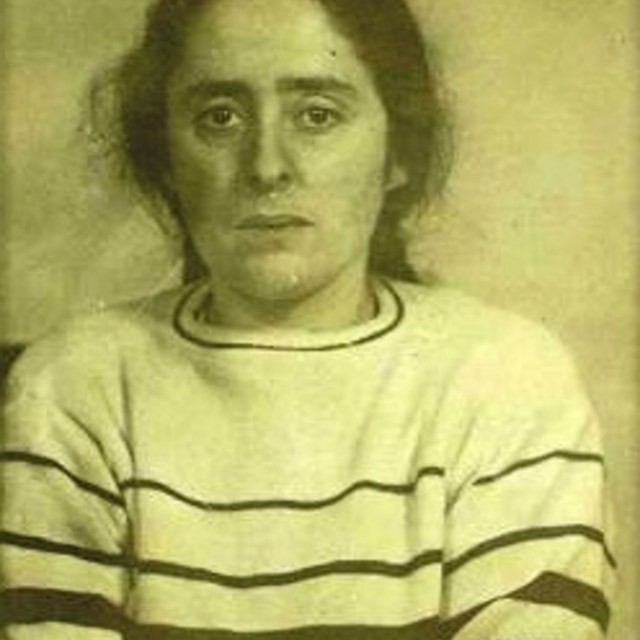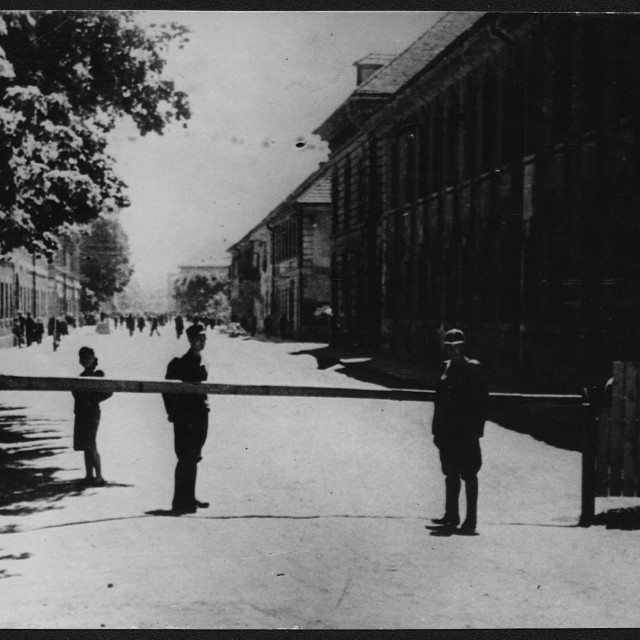Terezín (Theresienstadt), Main Fortress
The Terezín Main Fortress is part of the defensive complex founded by Emperor Joseph II in 1780. It lies on the confluence of the Rivers Labe, (Elbe), and Ohře, and was originally supposed to serve as a defensive fortress in the case of a Prussian invasion. It was never used in a military capacity however, as the Prussians simply circumvented it. Terezín gained the status of garrison town, the army remained present here until the end of the 20th century. The fortress comprises two parts: the Main Fortress and the Small Fortress. Already since its construction, the Small Fortress served as a military prison; the Main Fortress was inhabited. However, the Nazis decided to create a Jewish ghetto there, and so the civilian inhabitants were deported and on 24 November 1941 the Jewish ghetto of Terezín was founded. When preparing the ghetto, the Nazis made use of the Jewish Community of Prague. The Nazis claimed that Terezín would be a camp in which the Jewish population of the Protectorate would be interned, but from which it would not be transported East. In 1942 at a conference in Wannsee, the Nazis confirmed the specific status of the Terezín ghetto. It was supposed to be a so-called “old-age ghetto,” which would house old people, often veterans of World War 1 not only from the Protectorate, but also from Germany and Austria. In this way, the Nazis created an alibi for themselves – they could claim that old people were not being sent East into “labor camps,” but that they remained in Terezín. This was a lie because even from Terezín transports were dispatched, which were full of old people. In actual fact, the primary function of the ghetto was to collect the Jews and transport them elsewhere. The average number of inmates during the four years of the ghetto’s existence fluctuated between thirty to forty thousand, (before WWII the town had about 7,000 inhabitants, military garrison included). During its peak in September 1942, however, the camp held almost 58,500 prisoners (At the time, an average of 127 people died every day!). The overloaded capacity meant that the ghetto offered very bad living conditions causing a high death rate. To top it all, towards the end of the war a typhus epidemic broke out in the camp. Overall, approx. 155,000 people passed through the Terezín concentration camp, of which 118,000 did not survive World War II, (including those killed by the typhus epidemic). Terezín was liberated without any fighting. On 1 May 1945, control of the camp was entrusted to the Red Cross, on 5 May the last Nazis fled before the nearing front, and on 8 May 1945 the first Soviet units arrived.









